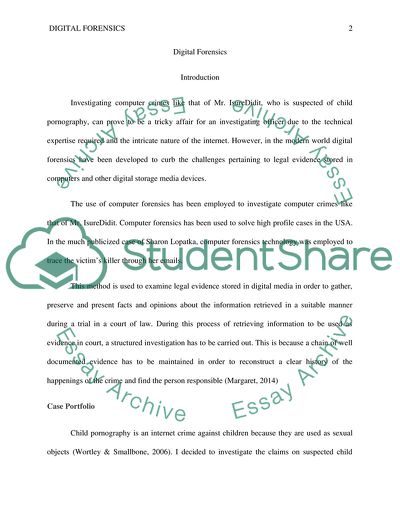Cite this document
(Digital Forensics Case Study Example | Topics and Well Written Essays - 2000 words, n.d.)
Digital Forensics Case Study Example | Topics and Well Written Essays - 2000 words. https://studentshare.org/law/1847704-digital-forensics
Digital Forensics Case Study Example | Topics and Well Written Essays - 2000 words. https://studentshare.org/law/1847704-digital-forensics
(Digital Forensics Case Study Example | Topics and Well Written Essays - 2000 Words)
Digital Forensics Case Study Example | Topics and Well Written Essays - 2000 Words. https://studentshare.org/law/1847704-digital-forensics.
Digital Forensics Case Study Example | Topics and Well Written Essays - 2000 Words. https://studentshare.org/law/1847704-digital-forensics.
“Digital Forensics Case Study Example | Topics and Well Written Essays - 2000 Words”. https://studentshare.org/law/1847704-digital-forensics.


